According to Live Science , researchers recently unveiled a stunning work painted with ochre - a red pigment commonly used as paint in the ancient world .
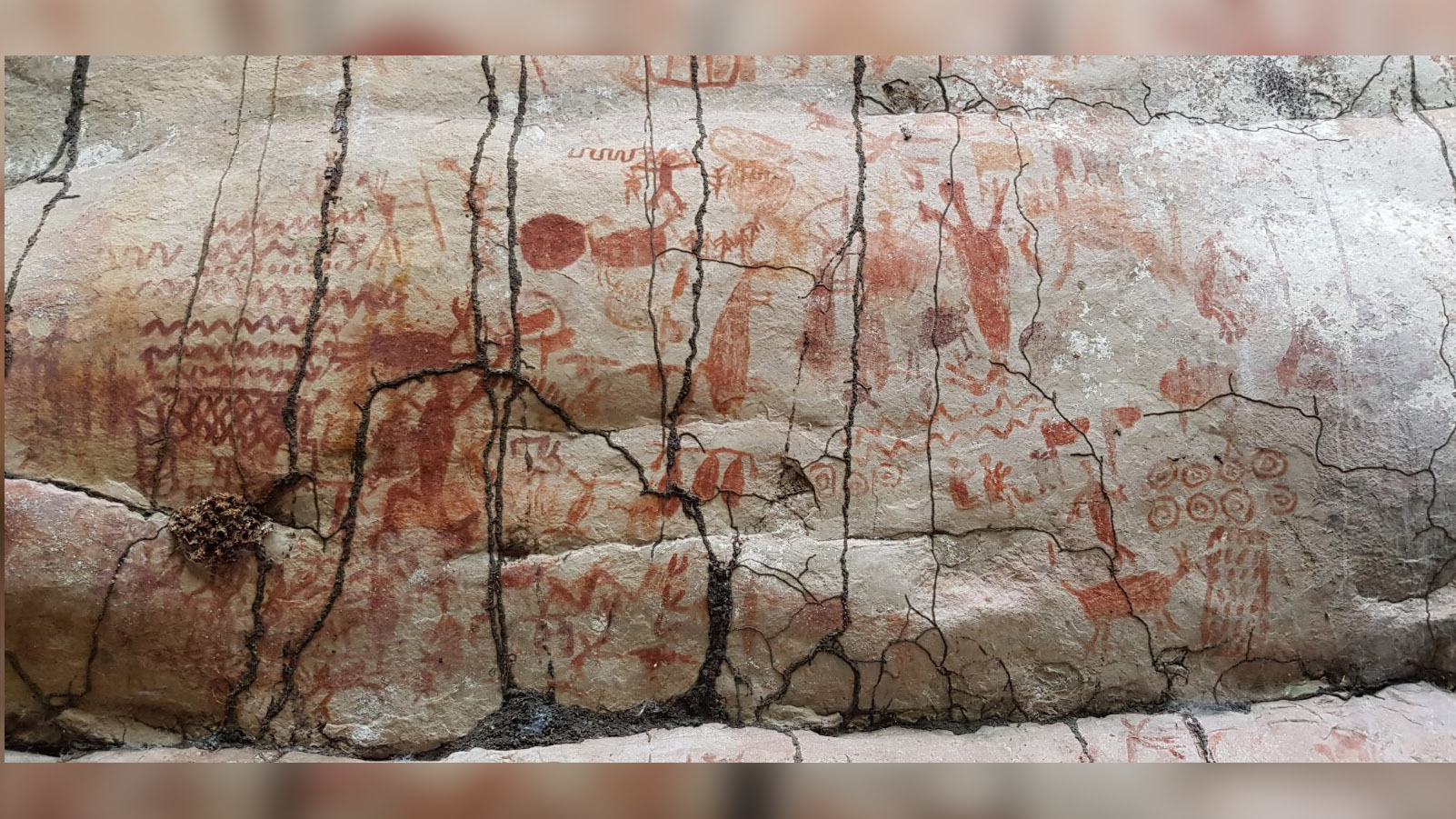
Rock art shows humans interacting with ice age animals
Ella Al-Shamahi (livescience.com)
It is a nearly 8-mile (13 km) long painting, located in the hills of the Colombian Amazon. "These are truly incredible images, created by the first people to live in the western Amazon," said Mark Robinson, an archaeologist at the University of Exeter (UK). They began painting these images at the archaeological site of Serranía La Lindosa, on the northern edge of the Colombian Amazon, at the end of the last ice age, about 12,600 to 11,800 years ago.
This ice age painting links thousands of images, including handprints, geometric designs and a variety of animals, from the likes of deer, tapirs, crocodiles, bats, monkeys, turtles, snakes and porcupines to camels, horses and three-toed hooved mammals.
Other images depict people, hunting scenes, plants, trees and savanna creatures. “The paintings provide a vivid and fascinating glimpse into the lives of these communities,” says Robinson. It is incredible to think that “people of that time could live and hunt among these giant animals, some the size of small cars.”
Many large animals in South America became extinct at the end of the most recent ice age, possibly due to human hunting and climate change, researchers say.
According to author Laura Geggel, the drawings provide clues to the diet of hunter-gatherers during that time. Bone fragments and plant remains show that their menu included fruit, piranhas, alligators, snakes, frogs, rodents such as pacas, capybaras and armadillos.
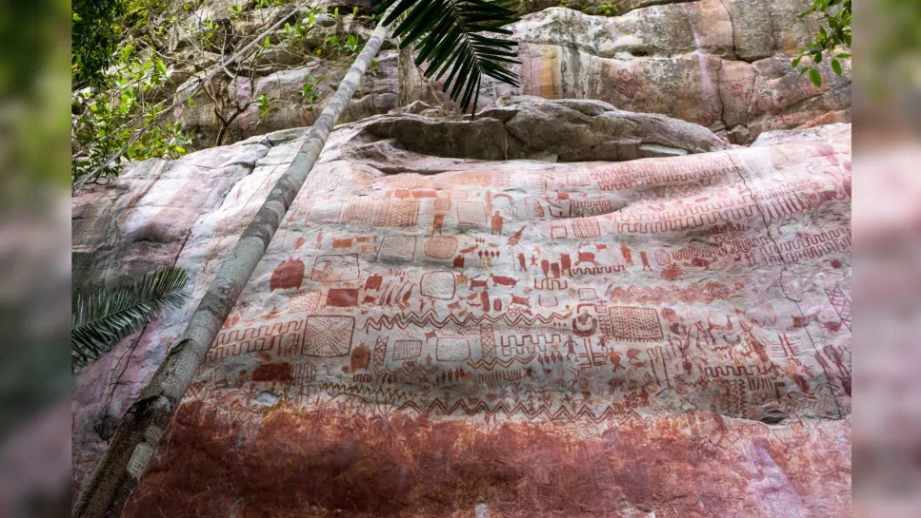
Thousands of images painted during the last ice age have been found in the Amazon rainforest.
Marie-Claire Thomas (Wild Blue Media)
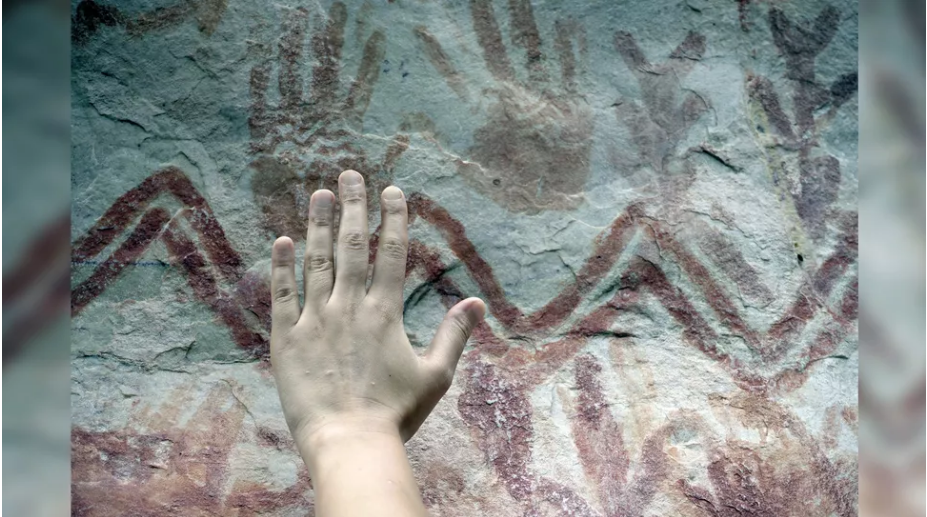
Ice Age people created drawings, handprints and designs in red ochre
Marie-Claire Thomas (Wild Blue Media)
Rock Shelters
In addition to the eight-mile “painting,” scientists excavated and discovered rock shelters in the Amazon region in 2017 and 2018. They studied the early human settlements in the Amazon, as well as the impact farming and hunting had on biodiversity in the area.
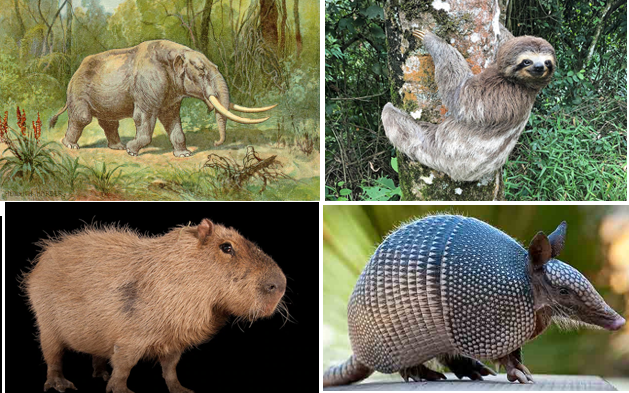
Top row: Reconstructions of a mastodon (left) and a sloth (Bradypus variegatus). Bottom row: Capybara (left) and a nine-banded armadillo.
Wikipedia, nationalgeographic.com, nwf.org
“The rock paintings are spectacular evidence of how people hunted, farmed and fished,” said José Iriarte, an archaeologist at the University of Exeter. “It’s likely that art was a powerful part of culture and a way for people of that period to connect socially.”
Dating back 12,600 years, a fairly long period of time, the above paintings with their exquisite details of people, animals, plants... are still a source of inspiration for scientists to research and discover new things.
Source link




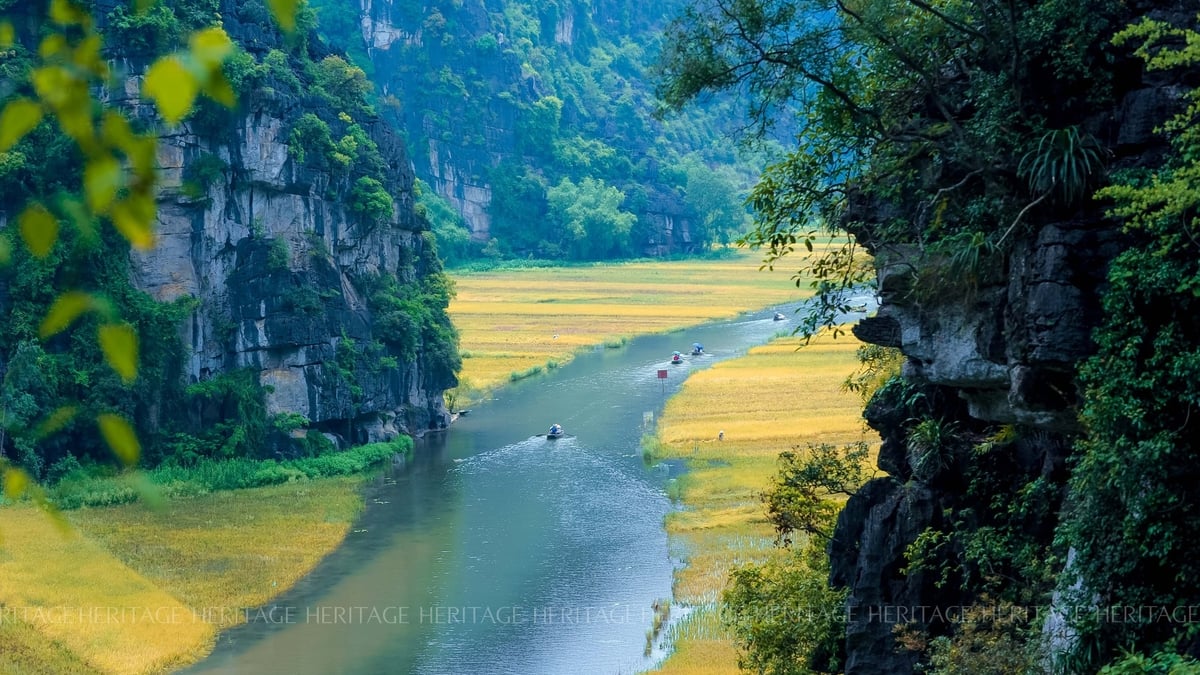




























































































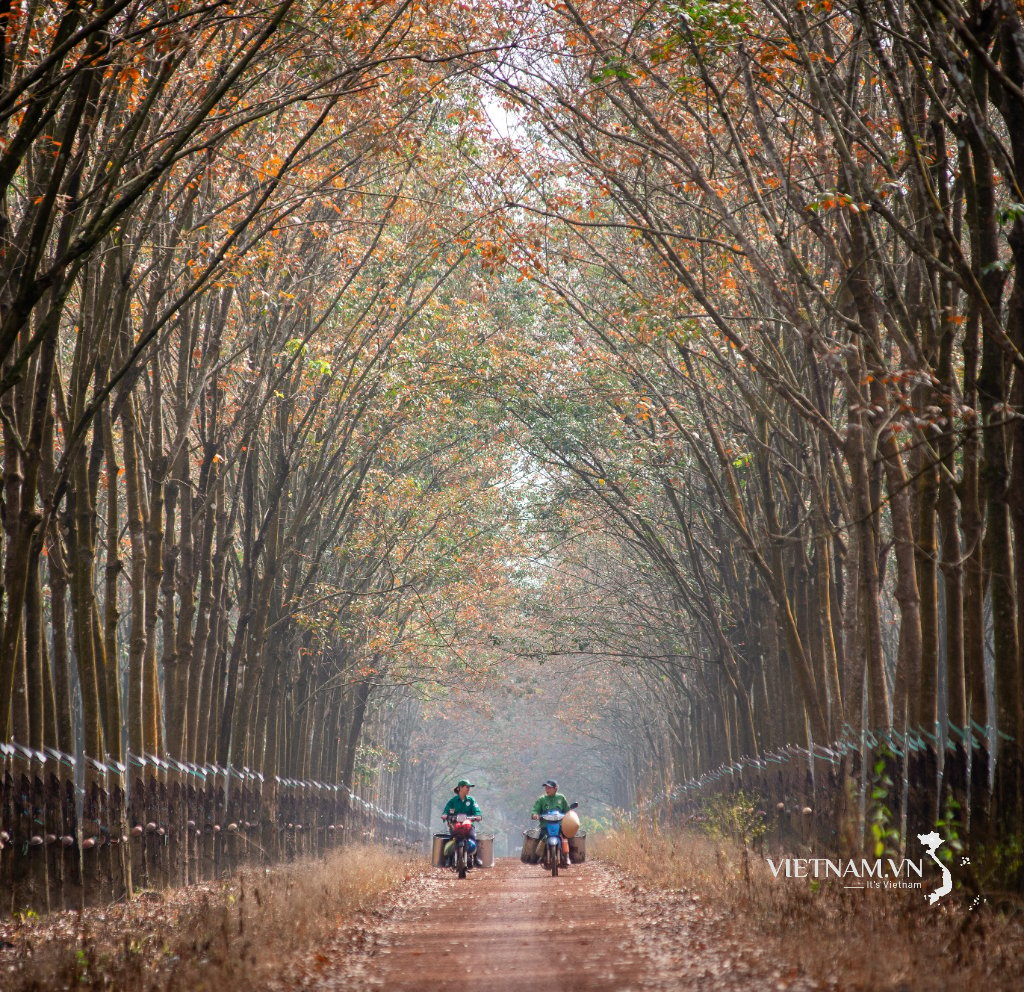



Comment (0)